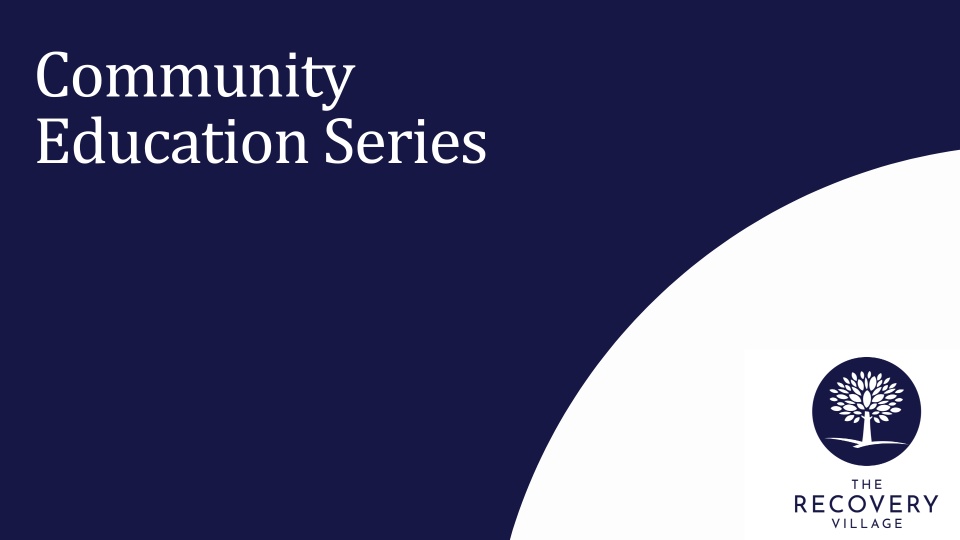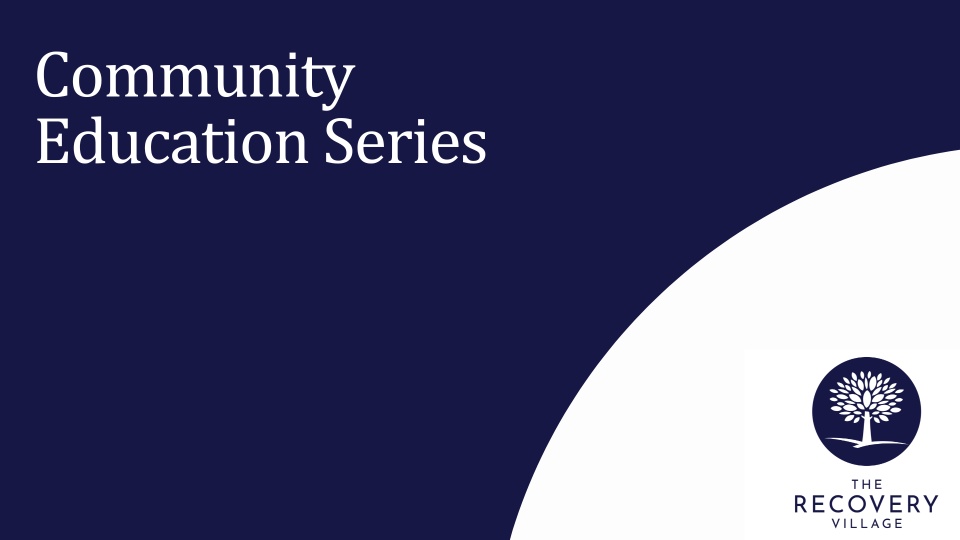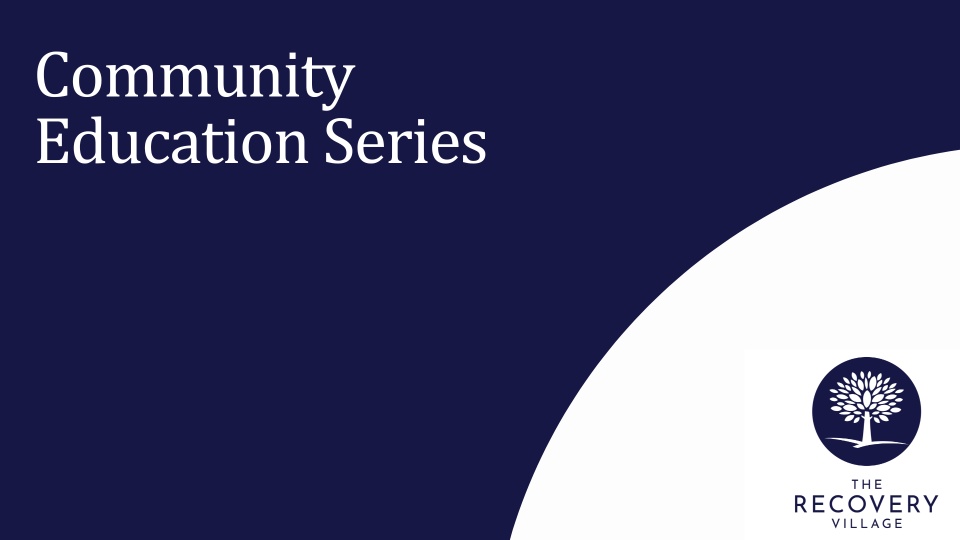Estimated watch time: 51 mins
Available credits: none
Objectives and Summary:
Whether or not they’re in recovery, most people feel physical symptoms of stress, such as headaches, muscle tension and general discomfort. Jack Gethner, an experienced bodywork and massage therapist, shares some tips, exercises and low-cost tools that mental health professionals can use to help their clients relax.
After watching this presentation, the viewer will:
- Be aware of relaxation techniques, such as deep breathing, self-massage and effective forms of sleep
- Know how to make clients feel more at ease and open to practicing relaxation techniques
- Understand the basics of reflexology, as well as both the benefits and dangers of essential oils




